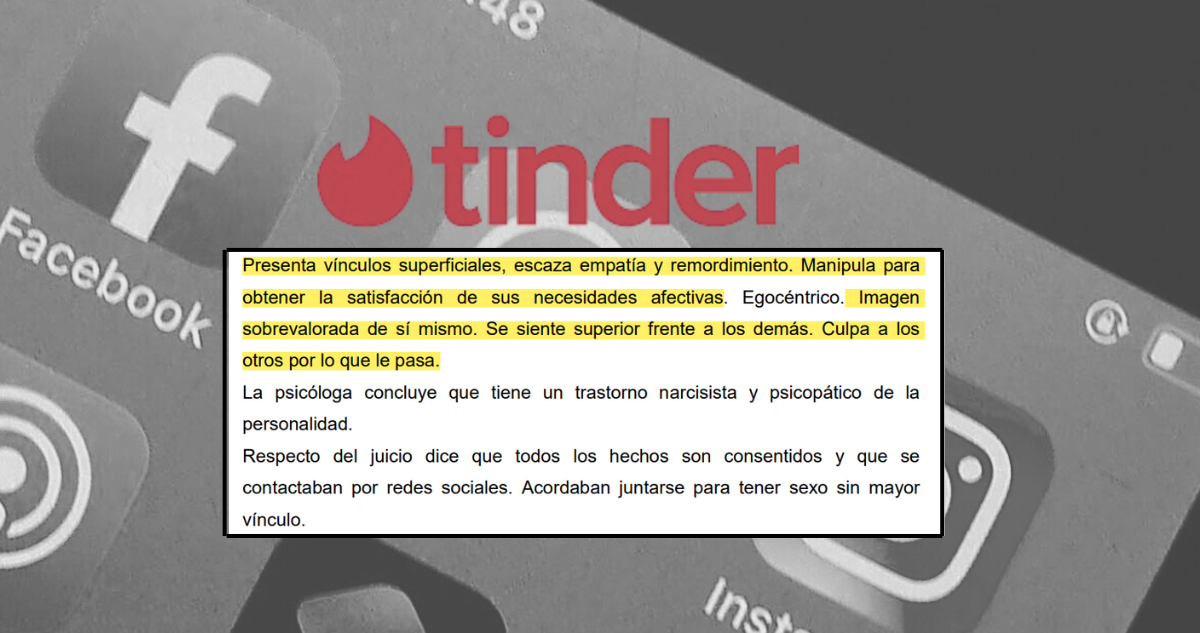Si duda, la llegada de la menstruación es uno de los hechos que marcan la vida de las mujeres, pues es el paso de niña a mujer.
Actualmente existen varias opciones para usar en “esos días”, como las toallas higiénicas, los tampones o ahora último, la copa menstrual.
También puedes leer
Sin embargo, existe una tendencia a nivel mundial denominada ‘free bleeding‘ o ‘sangrado libre‘, es decir, no usar nada durante la menstruación, aunque para muchas esta no es una opción.
Pero lo que muchos se preguntan es qué hacer con la ropa sucia. La respuesta es muy sencilla, ya que las prendas se lavan al igual que el resto y si quedan manchas se usan así, sin darle mayor importancia, señala el sitio Actitud fem.
Pero para quienes opten por esta postura, existen algunas alternativas para el tema de las manchas.
La cooperativa Femmefleur, creó el Cocoro, advanced lingerie for periods (lencería avanzada para períodos), es decir un calzón especial para esos días. “Unas bragas para la menstruación y el flujo vaginal que son de tela, reutilizables, cómodas, bonitas, antibacterianas, transpirables y absorbentes”, señala en su sitio web.
Otra opción es intentar controlar el flujo de sangre por medio de contracciones del músculo pélvico, que son bastante similares a los ejercicios Kegel.
Cabe señalar, que la primer mujer en mostrarse públicamente como una adherente de esta tendencia fue Kiran Gandhi, en la maratón de Londres en 2015.




